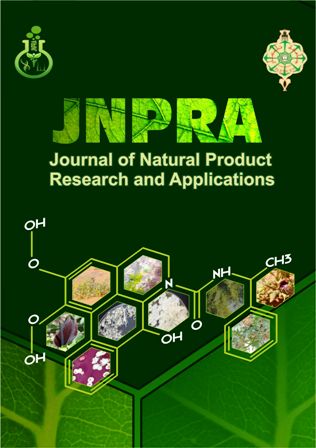Phytochemistry and Pharmacology of Ceratonia siliqua L. leaves
DOI:
https://doi.org/10.46325/jnpra.v1i01.7Keywords:
Carob leaf; Phenolic compounds; Nutritive value; Biological activities; Protective effect.Abstract
Ceratonia siliqua commonly known as carob belongs to the Fabaceae (Legumunosae). Its original habitats are the western parts of Asia, but after its domestication, it spread to all Mediterranean Basin and then to the western shores of the Americas, South Africa and southern regions of Australia. This review is devoted to health benefits of the carob leaf which are attributed in particular to its phytochemical constituents such as quercetin and gallic, coumaric, chlorogenic acids. Extracts from carob leaves (CLs) have been investigated for their biological activities including anti-cholestinerase, anti-inflammatory, Antidiarrhoeal, anti-tumor, anti-cancer, antimicrobial, hepatoprotective, nephroprotective, antidiabetic and antiobesity as well as phytochemical profile and nutritive value of the CLs. Hence, extracts from Ceratonia siliqua L. leaves, a huge source of bioactive compounds, exhibit a panoply of biological properties. Thus, leaves can be used as a functional food or as a phyto-pharmaceutical herbal-type product. However, it would be wise to undertake clinical trials to prove the efficacy of carob leaf extracts.
Downloads
Published
How to Cite
Issue
Section
License
Copyright (c) 2021 Journal of Natural Product Research and Applications

This work is licensed under a Creative Commons Attribution-NonCommercial-NoDerivatives 4.0 International License.






